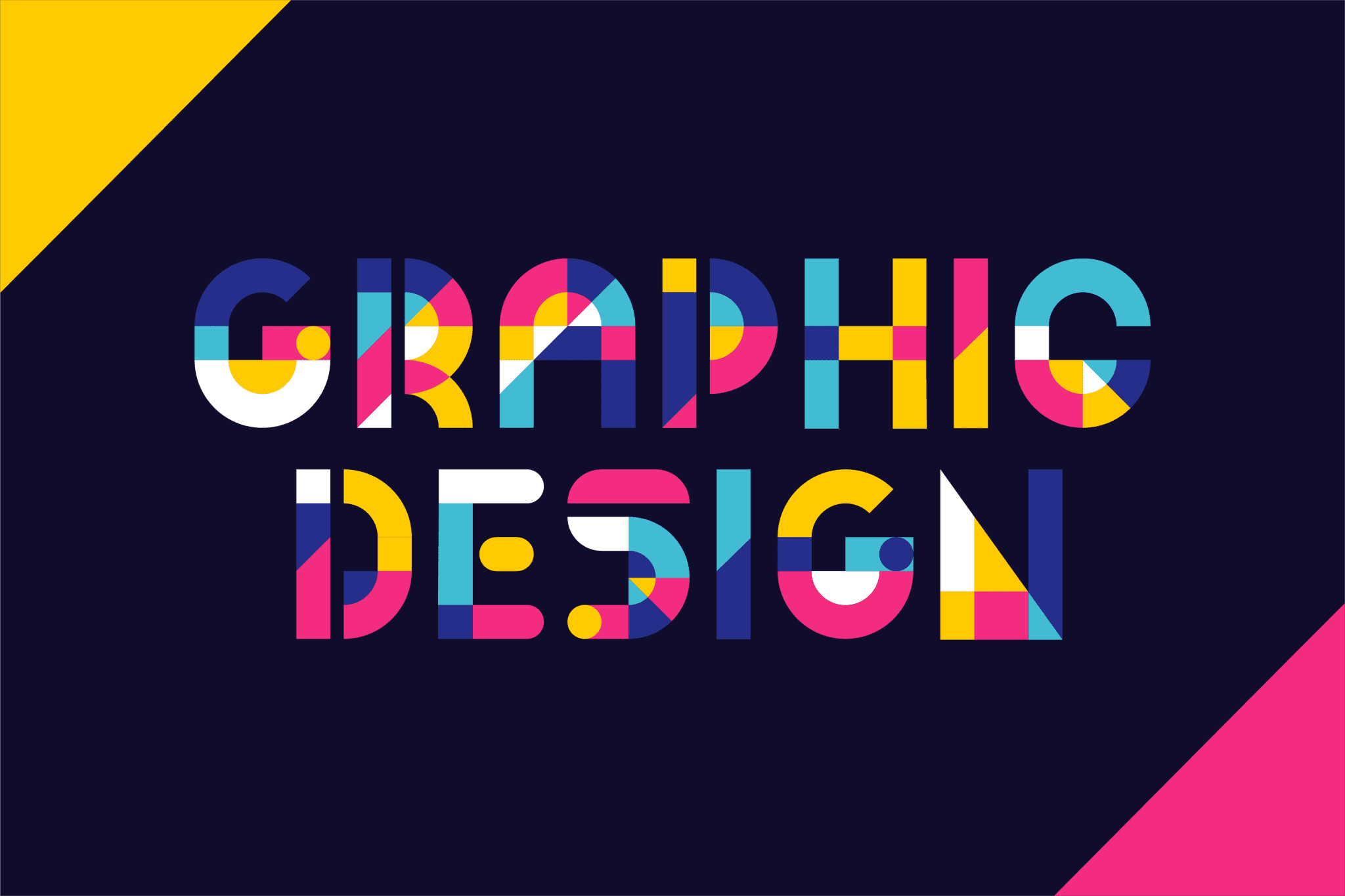
about the author
James has been working in graphic arts industry since 1999 and has been a part of the Nettl family since 2000. He prides himself on creating stunning design work and unique marketing advice and loves exceeding his clients expectations.

Graphic design is important because it is a way to communicate ideas and information visually. It can be used to create a variety of different products, including logos, websites, brochures, and advertisements. Graphic design can be used to:
- Create a visual identity for a company or product. A logo is a great example of graphic design that can be used to create a visual identity. A well-designed logo can help people to remember a company or product.
- Communicate information in a clear and concise way. Graphic design can be used to communicate information in a way that is easy to understand. For example, a brochure can be used to provide information about a product or service in a way that is both visually appealing and easy to read.
- Persuade people to take action. Graphic design can be used to persuade people to take action, such as buying a product or donating to a cause. For example, an advertisement can be used to persuade people to buy a product by highlighting its benefits.
Graphic design is an important tool that can be used to communicate ideas, information, and emotions. It can be used to create a variety of different products and to achieve a variety of different goals.
Here are 10 good graphic design practices:
- Know your audience. This is one of the most important things to consider when designing anything, but it’s especially important for graphic design. You need to know who you’re designing for in order to create something that will resonate with them. What are their interests? What kind of language do they use? What are their values? Once you understand your audience, you can start to create designs that will appeal to them.
- Use colour effectively. Colour is a powerful tool that can be used to create a mood, evoke an emotion, or simply make your design more visually appealing. When choosing colours, it’s important to consider the overall message you want to communicate. For example, if you’re designing a website for a children’s clothing store, you might want to use bright, cheerful colours. On the other hand, if you’re designing a website for a financial services company, you might want to use more muted colours.
- Choose the right fonts. Fonts can also be used to create a mood or evoke an emotion. For example, a serif font like Times New Roman might be used to create a sense of formality, while a sans serif font like Arial might be used to create a sense of modernity. When choosing fonts, it’s important to consider the overall style of your design and the message you want to communicate.
- Use white space effectively. White space, or negative space, is the space between elements in a design. It’s often overlooked, but it can be a very important tool for creating a visually appealing and easy-to-read design. White space can be used to create a sense of balance, emphasis, and flow.
- Keep your designs simple. It’s tempting to try to cram as much information as possible into a design, but this can often lead to a cluttered and confusing design. It’s better to keep your designs simple and easy to read. This will make your designs more effective and more likely to be remembered.
- Use high-quality images. Images can be a great way to add interest and visual appeal to a design. However, it’s important to use high-quality images. Low-quality images will make your design look unprofessional and amateurish.
- Proofread your work. Before you publish your design, be sure to proofread it carefully for any errors in spelling or grammar. A well-proofread design will make you look professional and polished.
- Be original. Don’t be afraid to experiment and try new things. The best designs are often the ones that are unique and unexpected. Don’t be afraid to break the rules and create something truly original.
- Keep up with trends. It’s important to stay up-to-date on the latest trends in graphic design. This doesn’t mean that you have to follow every trend, but it’s good to be aware of them so that you can make informed decisions about your designs.
- Have fun! Graphic design should be enjoyable. If you’re not having fun, it will show in your work. So relax, let your creativity flow, and enjoy the process of creating something beautiful.
For more information about our graphic design services call 01904 501 524.
